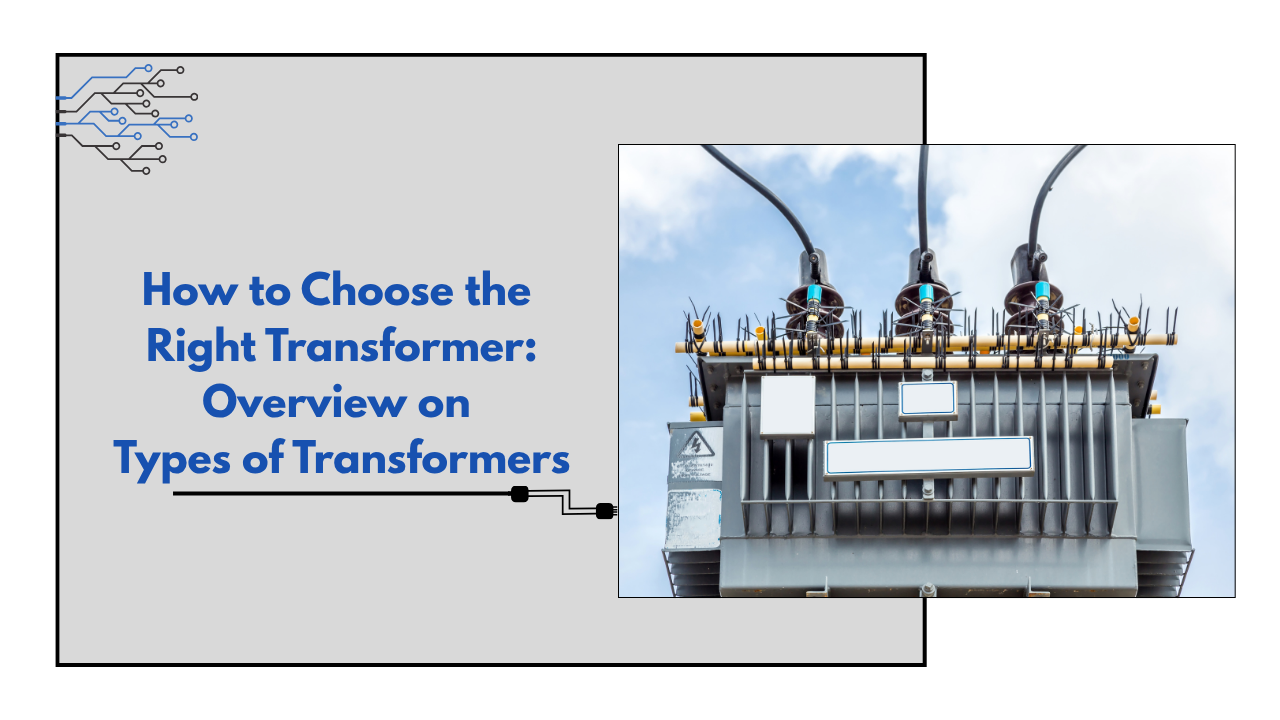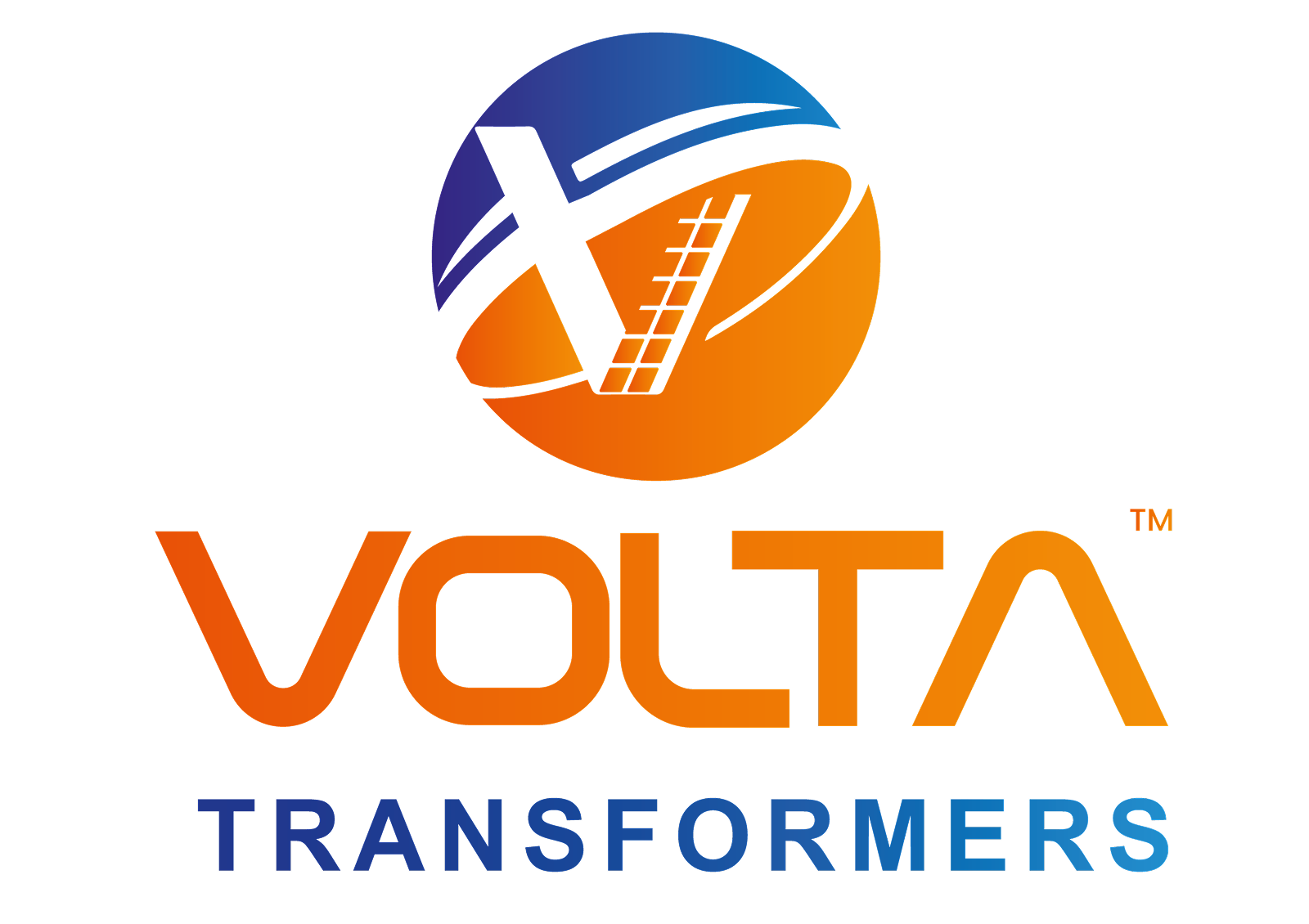
The right transformer for your electrical setup brings improvements in efficiency, safety, and dependability. Many transformers come in different types and serve specific functions, so it is essential to make a careful decision. Information about transformers should be known, no matter if you work with them at home, in factories, or for renewable energy.
At Volta Transformers, we help you learn how to manage this complicated area. We will guide you through various types of transformers, their distinct features, and how to choose the right one for the reliable and eco-friendly operation of your systems.
Why Choosing the Right Transformer Matters
Those are the backbone of electrical distribution, converting voltage levels to meet specific requirements. A poorly chosen transformer can lead to energy losses, equipment damage, or system failures. By selecting the appropriate type, you ensure:
- Energy Efficiency: Minimizes power losses, reducing operational costs.
- System Safety: Prevents overloads and ensures stable operation.
- Longevity: Extends equipment lifespan with reliable performance.
- Cost Savings: Avoids unnecessary repairs or replacements.
With knowledge of different transformers, you can ensure you are using one suitable for your voltage, power, and the environment.
Core Types of Transformers
They are categorized by purpose, design, and application. We examine the main transformer types below to help you make your choice.
1. Power Transformer
Power is made for high-voltage purposes, usually to increase or decrease voltage levels in transmission networks. They handle large power loads, making them ideal for:
- Applications: Power plants, grid transmission, and substations.
- Features: High efficiency, robust cooling systems, and large capacity (above 500 kVA).
- Benefits: Ensures long-distance power transmission with minimal losses.
Best for: Large-scale industrial projects or utility companies requiring reliable high-voltage management.
2. Distribution Transformer
Distribution step down voltage for end-user consumption, delivering electricity to homes, offices, and small industries. They are the last connection in the chain that distributes power.
- Applications: Residential areas, commercial buildings, and small factories.
- Features: Compact design, lower capacity (up to 500 kVA), and oil or air cooling.
- Benefits: Cost-effective and efficient for localized power distribution.
Best for: Urban and rural settings needing a safe, low-voltage power supply.
3. Dry-Type Transformer
Dry-type units use gas or air for their cooling system, keeping them safe for the environment and easy to maintain. Resin or varnish insulation makes them safer.
- Applications: Indoor installations, hospitals, schools, and urban areas.
- Features: Fire-resistant, no oil leaks, and compact size.
- Benefits: Ideal for environments where safety and space are priorities.
Best for: Projects requiring eco-friendly and safe appliances in confined spaces.
4. Oil-Immersed Transformer
Oil-immersed transformers cool and insulate using mineral oil, which has great heat conduction and strong durability. We can see outdoor screens used in many places.
- Applications: Industrial plants, rural substations, and heavy machinery.
- Features: This has high precision, low power output, and a tiny size.
- Benefits: Handles high loads and extreme weather conditions effectively.
Best for: Outdoor installations with high power demands.
5. Instrument Transformer
The use of instrument appliances such as CTs and VTs is important for measuring and protecting electrical systems.
- Applications: Metering, relay protection, and monitoring systems.
- Features: Low power, compact design, high accuracy.
- Benefits: Ensures precise measurement and system safety.
Best for: Utility companies and industries needing accurate electrical data.
6. Auto Transformer
Autotransformers share a single winding for primary and secondary, cutting weight and cost. They are used for small voltage adjustments.
- Applications: Voltage regulators, motor starters, and railway systems.
- Features: Compact, efficient, and lower cost than conventional appliances.
- Benefits: Saves space and reduces installation costs.
Best for: Applications requiring minor voltage corrections.
7. Isolation Transformer
With electrical isolation, there will be no accidental current flow among circuits.
- Applications: Medical equipment, data centers, and sensitive electronics.
- Features: High insulation, noise reduction, and surge protection.
- Benefits: Protects equipment and personnel from electrical faults.
Best for: Environments with sensitive or critical equipment.
Specialized Transformers for Niche Applications
Additional types of appliances are made for special needs, putting more choice into many industry uses.
8. Step-Up and Step-Down Transformers
Different applications may require higher or lower voltage from a transformer, and it can change the voltage as required.
- Applications: Climate control, factory machinery, and green energy solutions.
- Benefits: Enables compatibility with diverse voltage requirements.
9. Furnace Transformers
Designed for high-current, low-voltage applications, furnace appliance power industrial furnaces.
- Applications: Steel and aluminum production.
- Benefits: Handles extreme thermal and electrical loads.
10. Rectifier Transformers
Rectifier supplies power to rectifiers, converting AC to DC for specific processes.
- Applications: Electroplating, battery charging, and traction systems.
- Benefits: Provides stable DC output for specialized equipment.
How to Choose the Right Transformer
Taking the project’s specifications into account is important when choosing the right transformer. Take these actions to find out the right choice:
- Determine Voltage Requirements: Find out the required voltage levels at each end of your system: input and output.
- Assess Power Capacity: Look at the transformer’s kVA/MVA rating to make sure it is capable of dealing with the required electrical load.
- Consider the Environment: Choose where you want the transformer to be based on whether the dry-type or oil-immersed type is best.
- Evaluate Efficiency Needs: Be sure to buy products that use less energy, as it will help you keep your bills low when you use them often.
- Check Safety Standards: Make sure that everything is in line with ANSI and IEC safety standards for reliable and safe equipment.
- Account for Maintenance: Dry-type appliances need fewer repairs than oil-immersed types, which saves money over the long run.
- Consult Experts: Partner with trusted manufacturers like Volta Transformers for tailored solutions.
Emerging Trends in Transformer Technology
The transformer industry is advancing, fueled by eco-friendly solutions and cutting-edge technology. Key trends include:
- Smart Transformers: Equipped with digital monitoring for real-time diagnostics and efficiency.
- Eco-Friendly Designs: Use of biodegradable oils and amorphous cores to reduce environmental impact.
- Renewable Integration: Specialized equipment for solar as well as wind energy systems.
- Compact Models: Smaller, lightweight equipment for urban and space-constrained areas.
These innovations ensure that equipment meets modern demands for efficiency, sustainability, and adaptability.
Why Choose Volta Transformers?
Volta Transformers takes pride in giving you high-quality, dependable, and efficient products that suit what you require. With different types like power, distribution, dry-type, and custom models in our inventory, you can pick the perfect solution. We are dedicated to innovation and making sure our customers are pleased, and this allows us to provide:
- Custom Solutions: Every machine can be built according to the required voltage and capacity.
- Industry Expertise: Many years of experience in the production of transformers give our company an advantage.
- Sustainability Focus: The focus is on choices that help the environment.
Visit Volta Transformers to explore our products and consult our experts for personalized guidance.
Final Thought
Picking the right transformer is very important because it determines how efficiently, safely, and long your electrical system works.
With knowledge of various types like transformer power, distribution, dry-type, oil-immersed, and other similar terms, you can make the best decision for your project. Make your selection by looking at the voltage, capacity, surroundings, and anything new in the industry.
At Volta Transformers, our team makes sure to assist you throughout, helping your electrical systems work properly. Let your present and future decisions be supported by confidence.



Leave a Comment